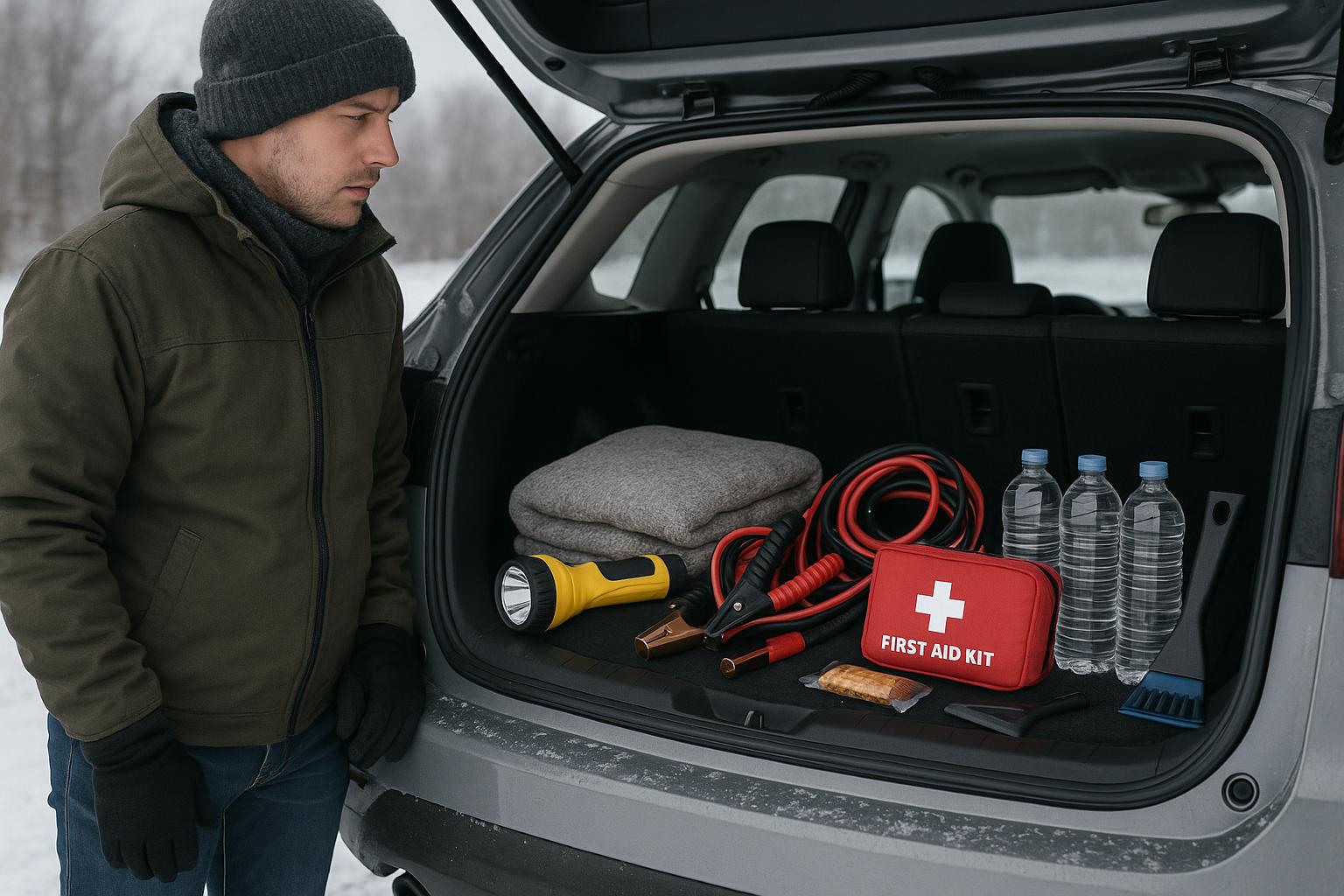Slips, trips, and falls are among the most common workplace injuries, and many of these accidents occur due to poorly maintained walkways and stairways. Whether in an office, warehouse, construction site, or manufacturing plant, ensuring safe, clear, and hazard-free pathways is critical to preventing injuries and keeping employees safe.
Today, we’ll discuss common trip hazards, how routine inspections and maintenance improve safety, and the role of anti-slip mats and proper signage in maintaining safe walkways and stairways.
By proactively identifying and eliminating these hazards, workplaces can reduce accident risks, improve efficiency, and ensure compliance with safety regulations.
Common Trip Hazards in Walkways and Stairways
Many workplaces have hidden hazards that can cause serious injuries if not addressed. Some of the most common trip hazards include:
- Loose Cords and Wires: Electrical cables stretched across walkways create significant trip hazards.
- Uneven Flooring: Cracks, holes, or abrupt elevation changes in flooring can cause employees to stumble.
- Loose Rugs and Mats: Poorly secured carpets and floor mats can slide underfoot, leading to slips and falls.
- Cluttered Walkways: Tools, boxes, or personal belongings left in pathways increase the risk of tripping.
- Wet or Slippery Surfaces: Spilled liquids, ice, or grease can create serious slip hazards.
- Poor Lighting: Dimly lit stairways or hallways make it harder to see and avoid obstacles.
A simple housekeeping routine and regular inspections can eliminate many of these hazards, creating a safer work environment for everyone.
How Routine Inspections and Maintenance Improve Safety
Routine inspections and preventive maintenance help identify hazards before they become serious risks. Here’s how workplaces can ensure safe walkways and stairways:
Conduct Regular Walkway and Stairway Inspections
- Inspect floors and stairs for cracks, uneven surfaces, or loose handrails.
- Check that anti-slip coatings or stair treads are in good condition.
- Ensure all walkways are free from debris, spills, and obstructions.
Address Flooring and Stairway Hazards Immediately
- Repair damaged flooring or stair treads as soon as issues arise.
- Install anti-slip coatings on smooth surfaces to reduce slip risks.
- Keep stairs and handrails secure and well-maintained to prevent falls.
Use Anti-Slip Mats and Proper Signage
- Place non-slip mats in high-traffic areas, especially where floors may become wet.
- Use clearly visible signage for temporary hazards, such as spills or cleaning in progress.
- Ensure mats and rugs are securely fastened to prevent slipping.
Keep Walkways and Stairways Well-Lit
- Replace burned-out bulbs immediately to maintain proper lighting.
- Install motion-sensor lights in dimly lit areas for added visibility.
- Ensure stairwells have adequate handrails and lighting to prevent falls.
Train Employees on Walkway Safety
- Encourage employees to report hazards immediately.
- Educate workers on the importance of cleaning spills and keeping pathways clear.
- Implement a workplace culture that prioritizes housekeeping and organization.
Stats to Support the Importance of Safe Walkways and Stairways
- Slips, trips, and falls account for 35% of all workplace injuries, making them the leading cause of workers’ compensation claims. (Source: National Safety Council, 2023)
- 50% of all falls happen due to flooring issues, such as uneven surfaces, loose mats, and unmarked hazards. (Source: Occupational Safety and Health Administration – OSHA, 2022)
- Inadequate lighting and poor housekeeping contribute to 40% of stairway-related injuries in workplaces. (Source: Bureau of Labor Statistics, 2023)
- Businesses that implement routine walkway maintenance reduce workplace injuries by 30%. (Source: National Institute for Occupational Safety and Health – NIOSH, 2023)
These statistics highlight the importance of proper floor maintenance, housekeeping, and hazard identification to prevent injuries.
How to Use This Information in Your Workplace
Creating and maintaining safe walkways and stairways requires a commitment from everyone in the workplace. Here’s how you can take action today:
Assess Your Work Area
- Walk through your workspace and identify potential trip hazards.
- Check walkways, stairways, and flooring for damage or clutter.
Implement a Maintenance Plan
- Report and repair damaged floors, stairs, or lighting as soon as possible.
- Establish a regular housekeeping schedule to keep paths clear.
Use Anti-Slip Solutions and Proper Signage
- Place anti-slip mats where needed.
- Use “Caution: Wet Floor” signs when cleaning or after spills.
Encourage Employees to Report Hazards
- Train workers to identify and report unsafe conditions.
- Foster a culture where workplace safety is a shared responsibility.
Stay Compliant with Safety Standards
- Follow OSHA guidelines for workplace safety regarding walkways and stairways.
- Conduct regular safety meetings and toolbox talks on hazard prevention.
By taking these steps, workplaces can prevent injuries, reduce liability, and create a safer environment for all employees.
Safe walkways and stairways are fundamental to workplace safety. Whether it’s fixing a loose floorboard, removing trip hazards, or improving lighting, small actions can have a big impact on reducing workplace injuries.
By conducting regular inspections, using anti-slip mats, ensuring proper signage, and training employees on walkway safety, businesses can prevent accidents and improve overall workplace efficiency.
Take the time today to assess your workplace, report hazards, and commit to a culture of safety. A clean and well-maintained work area is a safe and productive one!



